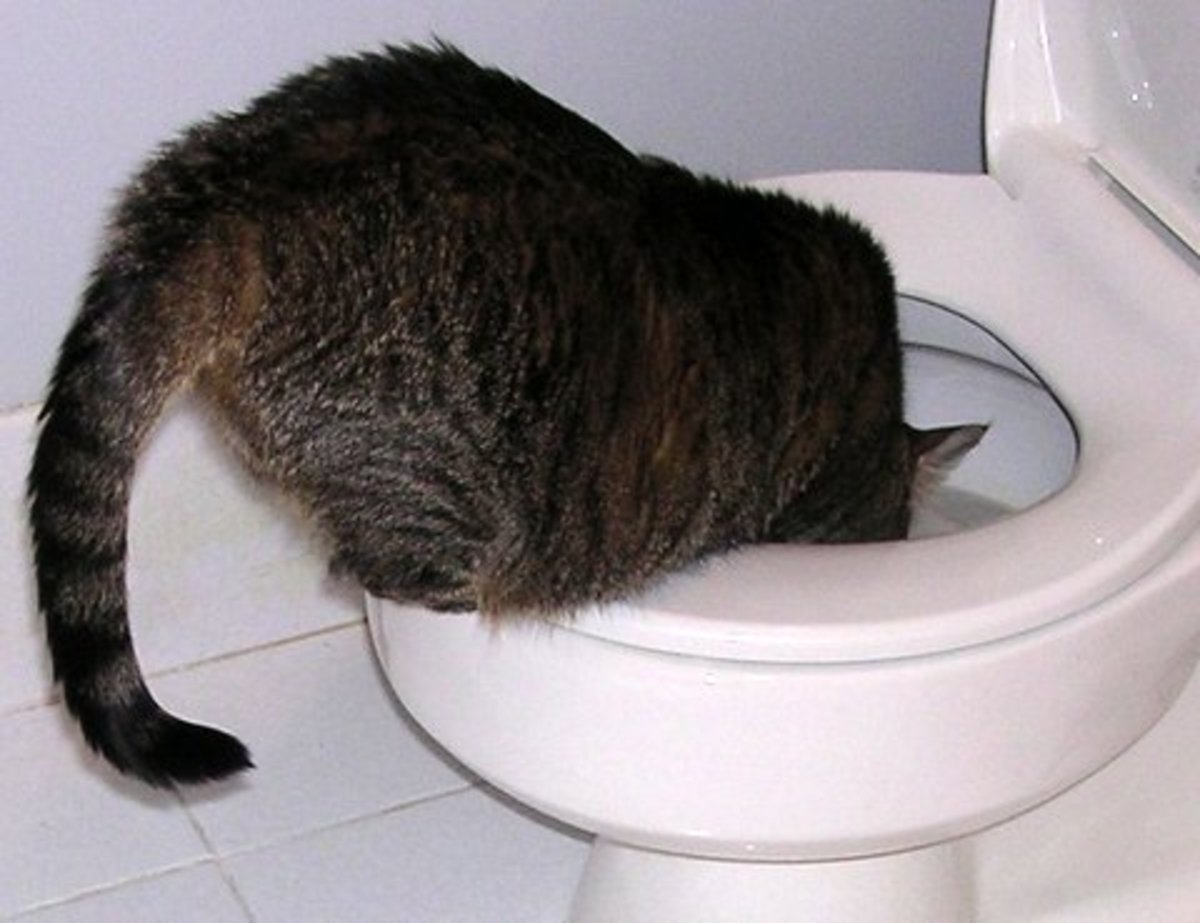Why Flushing Cat Poop Down Your Toilet Can Cause Problems - Tips for Safe Handling
This PageWhat are your beliefs about How to Dispose of Cat Poop and Litter Without Plastic Bags?

Introduction
As feline proprietors, it's necessary to be mindful of just how we get rid of our feline good friends' waste. While it may appear hassle-free to flush pet cat poop down the bathroom, this practice can have harmful repercussions for both the environment and human health and wellness.
Alternatives to Flushing
The good news is, there are more secure and much more accountable ways to throw away pet cat poop. Consider the complying with options:
1. Scoop and Dispose in Trash
One of the most usual method of dealing with pet cat poop is to scoop it right into a naturally degradable bag and toss it in the garbage. Be sure to use a devoted trash inside story and throw away the waste immediately.
2. Usage Biodegradable Litter
Select eco-friendly cat litter made from materials such as corn or wheat. These litters are environmentally friendly and can be safely gotten rid of in the trash.
3. Bury in the Yard
If you have a lawn, consider burying feline waste in a marked location far from veggie yards and water sources. Make sure to dig deep sufficient to avoid contamination of groundwater.
4. Mount a Pet Waste Disposal System
Buy an animal garbage disposal system especially made for pet cat waste. These systems utilize enzymes to break down the waste, minimizing odor and ecological influence.
Wellness Risks
In addition to environmental issues, flushing pet cat waste can additionally pose wellness threats to humans. Feline feces might contain Toxoplasma gondii, a bloodsucker that can trigger toxoplasmosis-- a potentially extreme ailment, specifically for expectant females and people with damaged immune systems.
Environmental Impact
Flushing feline poop introduces harmful microorganisms and bloodsuckers right into the water, presenting a significant threat to water communities. These pollutants can negatively affect marine life and concession water top quality.
Conclusion
Accountable pet possession extends beyond giving food and sanctuary-- it additionally entails appropriate waste management. By avoiding purging cat poop down the commode and choosing different disposal techniques, we can decrease our environmental impact and protect human health and wellness.
Why Can’t I Flush Cat Poop?
It Spreads a Parasite
Cats are frequently infected with a parasite called toxoplasma gondii. The parasite causes an infection called toxoplasmosis. It is usually harmless to cats. The parasite only uses cat poop as a host for its eggs. Otherwise, the cat’s immune system usually keeps the infection at low enough levels to maintain its own health. But it does not stop the develop of eggs. These eggs are tiny and surprisingly tough. They may survive for a year before they begin to grow. But that’s the problem.
Our wastewater system is not designed to deal with toxoplasmosis eggs. Instead, most eggs will flush from your toilet into sewers and wastewater management plants. After the sewage is treated for many other harmful things in it, it is typically released into local rivers, lakes, or oceans. Here, the toxoplasmosis eggs can find new hosts, including starfish, crabs, otters, and many other wildlife. For many, this is a significant risk to their health. Toxoplasmosis can also end up infecting water sources that are important for agriculture, which means our deer, pigs, and sheep can get infected too.
Is There Risk to Humans?
There can be a risk to human life from flushing cat poop down the toilet. If you do so, the parasites from your cat’s poop can end up in shellfish, game animals, or livestock. If this meat is then served raw or undercooked, the people who eat it can get sick.
In fact, according to the CDC, 40 million people in the United States are infected with toxoplasma gondii. They get it from exposure to infected seafood, or from some kind of cat poop contamination, like drinking from a stream that is contaminated or touching anything that has come into contact with cat poop. That includes just cleaning a cat litter box.
Most people who get infected with these parasites will not develop any symptoms. However, for pregnant women or for those with compromised immune systems, the parasite can cause severe health problems.
How to Handle Cat Poop
The best way to handle cat poop is actually to clean the box more often. The eggs that the parasite sheds will not become active until one to five days after the cat poops. That means that if you clean daily, you’re much less likely to come into direct contact with infectious eggs.
That said, always dispose of cat poop in the garbage and not down the toilet. Wash your hands before and after you clean the litter box, and bring the bag of poop right outside to your garbage bins.
https://trenchlesssolutionsusa.com/why-cant-i-flush-cat-poop/

I stumbled upon that content about How to Dispose of Cat Poop and Litter Without Plastic Bags when doing a lookup on the internet. Please take the opportunity to promote this write-up if you liked it. Kudos for your time. Please pay a visit to our blog back soon.
Visit Page